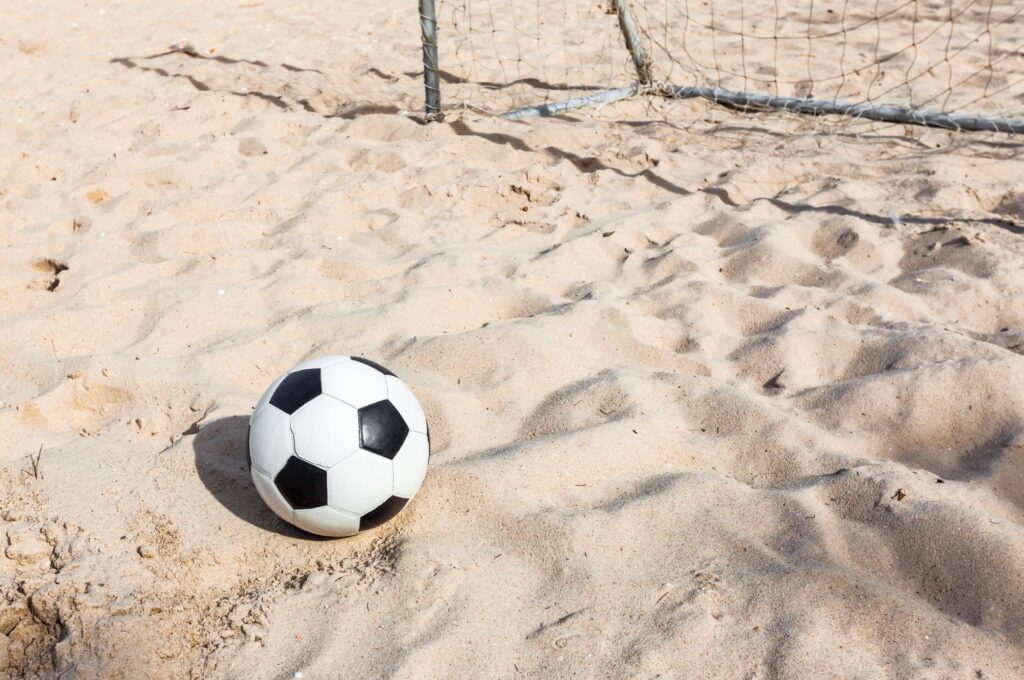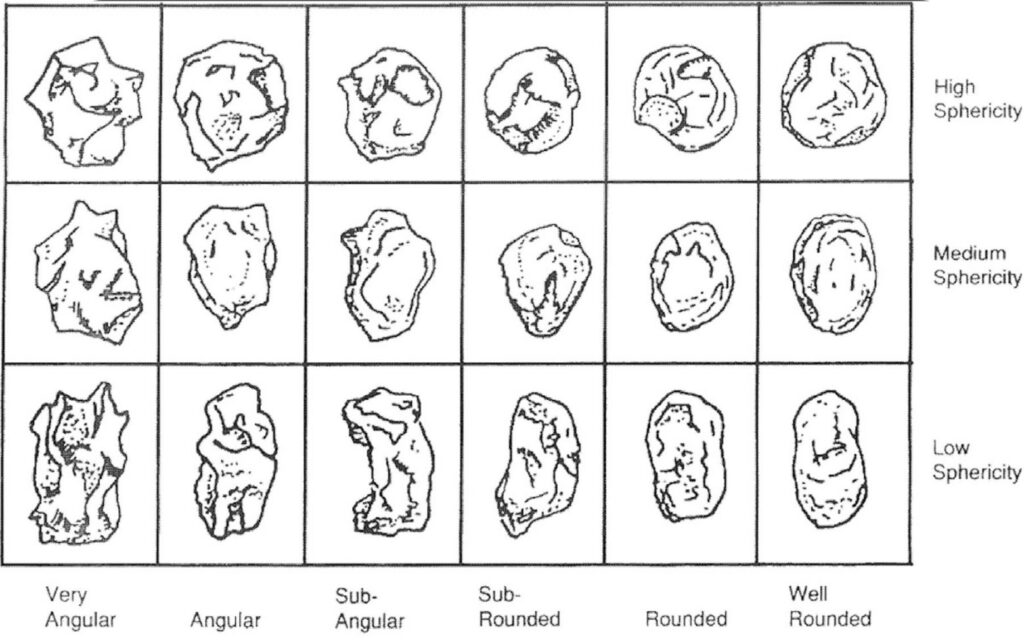Sand is the main component of the majority of top-dressing and construction materials (currently available) that are used for sports and amenity turf-grass surfaces. Sand can be composed of different materials with Quartz (SiO2)being the most well known and common.Sand is used to improve the mechanical conditions of soils, particularly heavy ones. In this case having sand between clays, silt and organic matter helps improve the texture and immediate surface drainage (if the correct sand is used).

Benefits of sand
- Provides good drainage
- Warms and cools much quicker than loam or clay soils
- Lighter and easier to cultivate
- Provide good soil aeration
- Provide pore channels for root development
- Reduce thatch content
- Protects surface roots (from wind and temperature changes)
- Helps reduce fungal incidence (drier surface/less thatch)
- Quickly works into surfaces
- Improves surface smoothness
Constraints and disadvantages of sand
- Can produce unstable and erosion-prone surfaces
- Dries out and drains much quicker than clay or loam soils
- Poor water holding capacity
- Can produce hydrophobic dry spots
- Nutrients tend to leach through sands
- Leading to nutrient deficiencies and imbalances
- Winter desiccation (water loss)
- Layering issues from using different sands over the years.

Particle sizes
This scale is based on the Wentworth udden scale, broken down into five categories with each half of the previous size particle. With fine, medium and coarse being the most common used for turfgrass.
Very coarse sand, 1-2mm, 90 particles per gram
Coarse sand, 0.5-1mm, 720 particles per gram
Medium sand, 0.25-0.5mm, 5,700 particles per gram
Fine sand, 0.125-0.25mm, 46,000 particles per gram
Very fine sand, 0.0625-0.125mm, 722,000 particles per gram
Sands can also be categorised according to their roundness and sphericity. These include: angular, sub-angular, sub rounded, rounded and well rounded as seen in the picture above.
